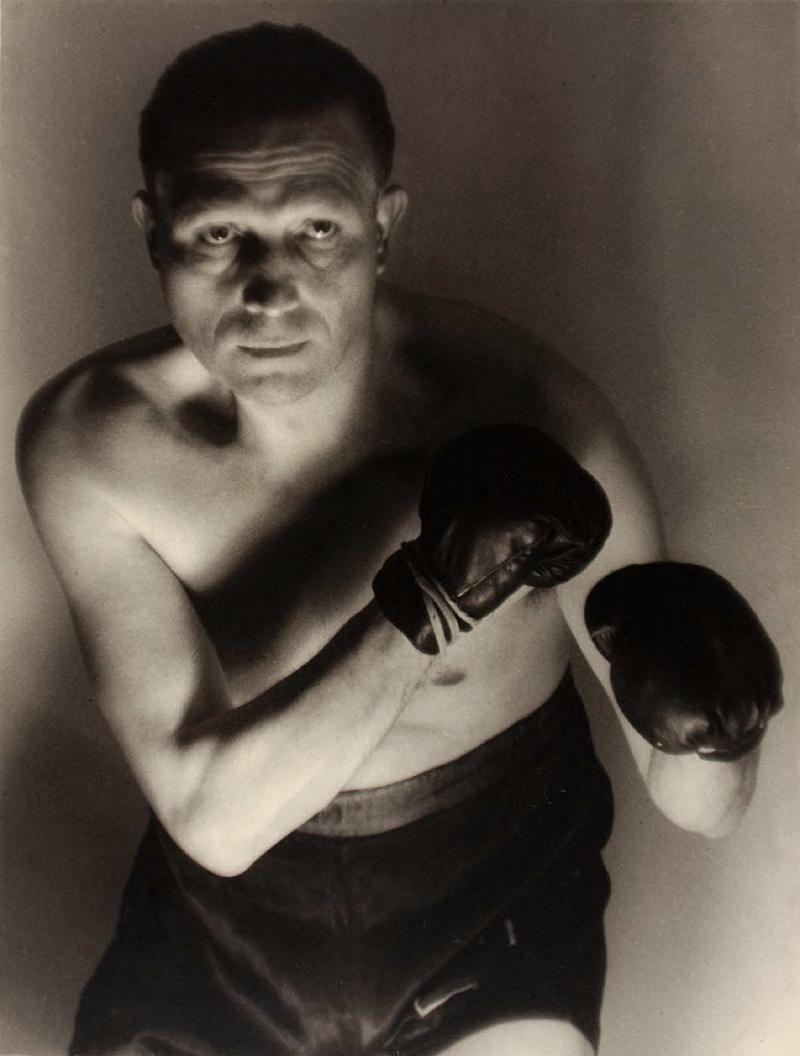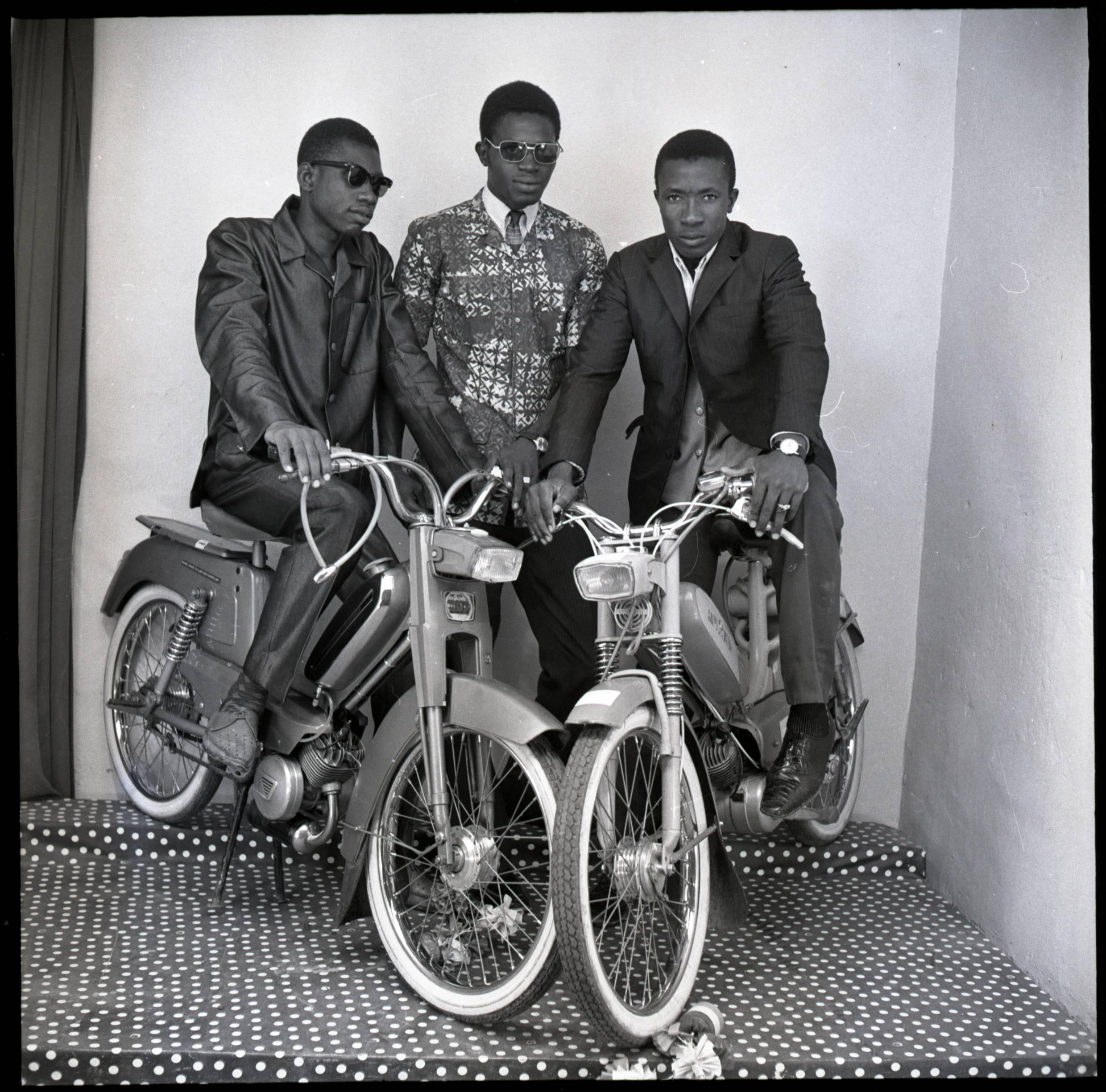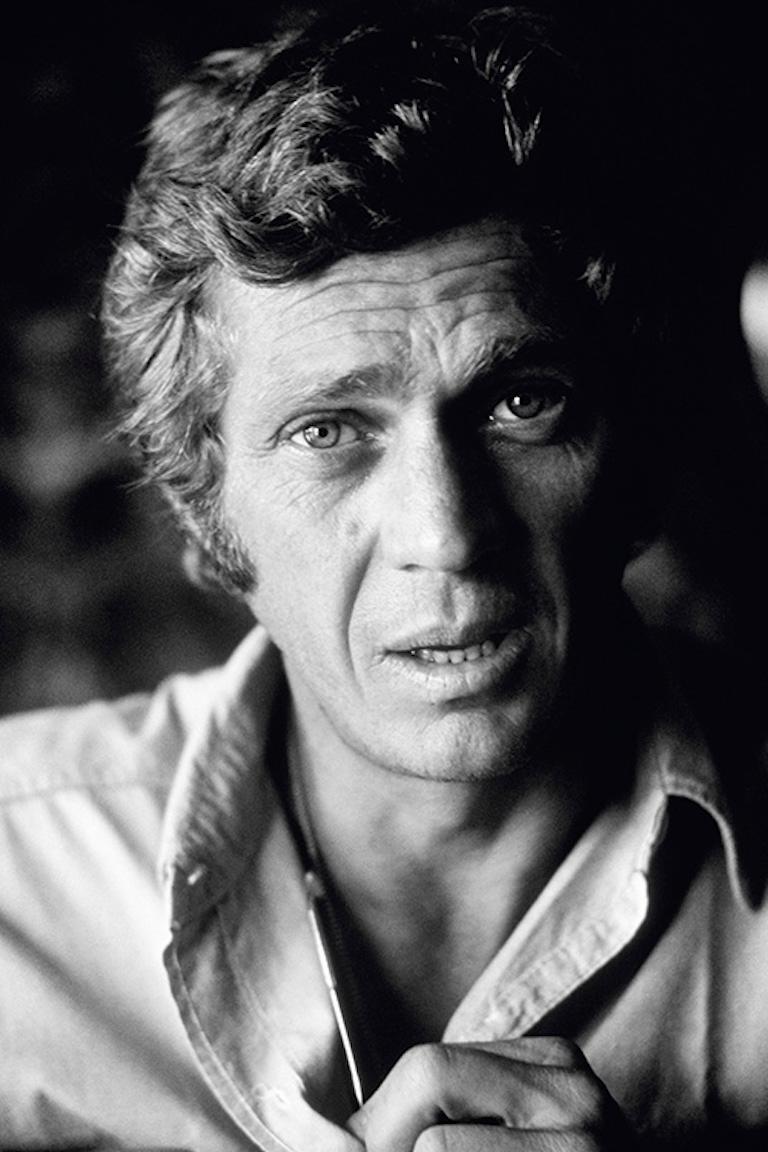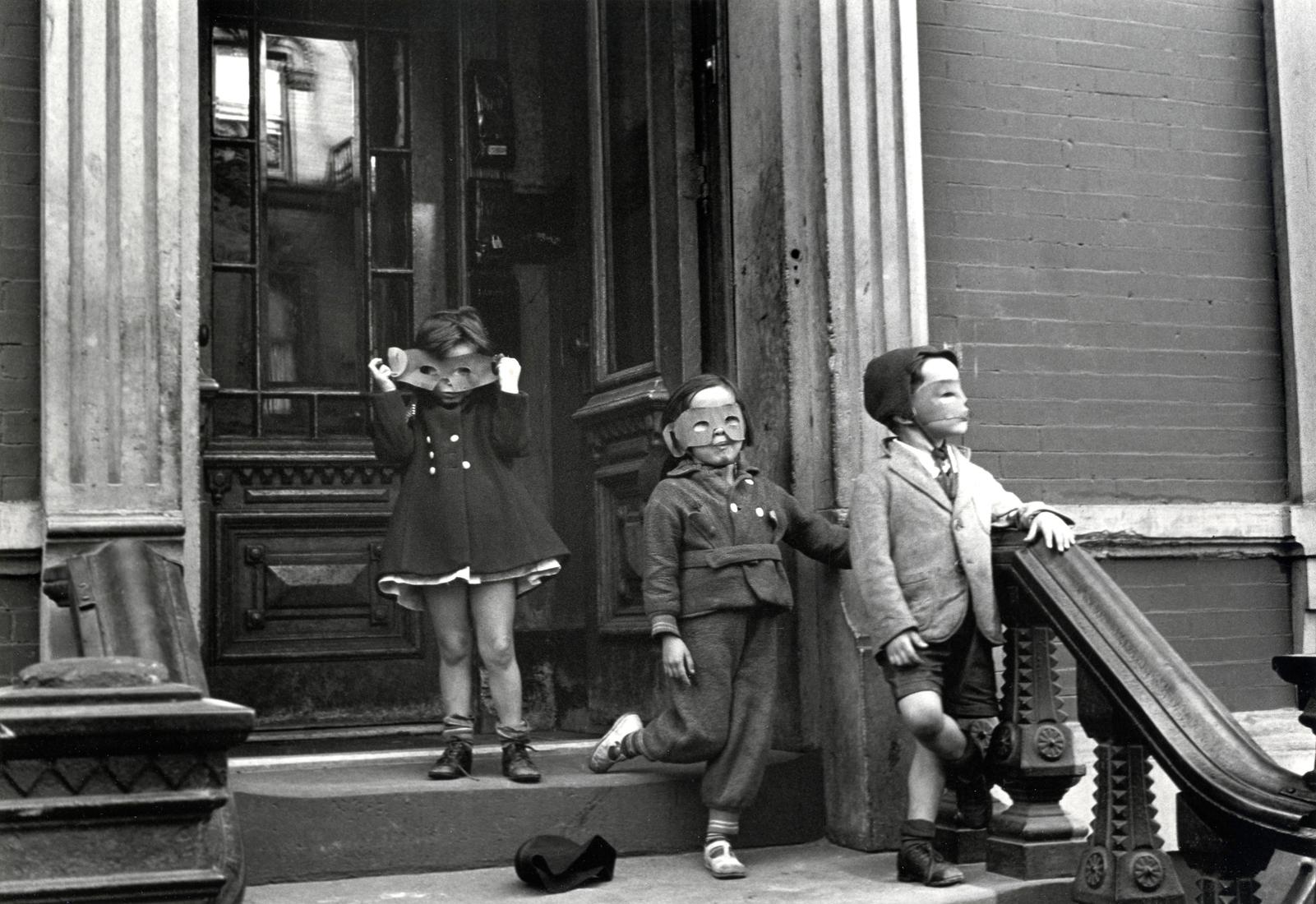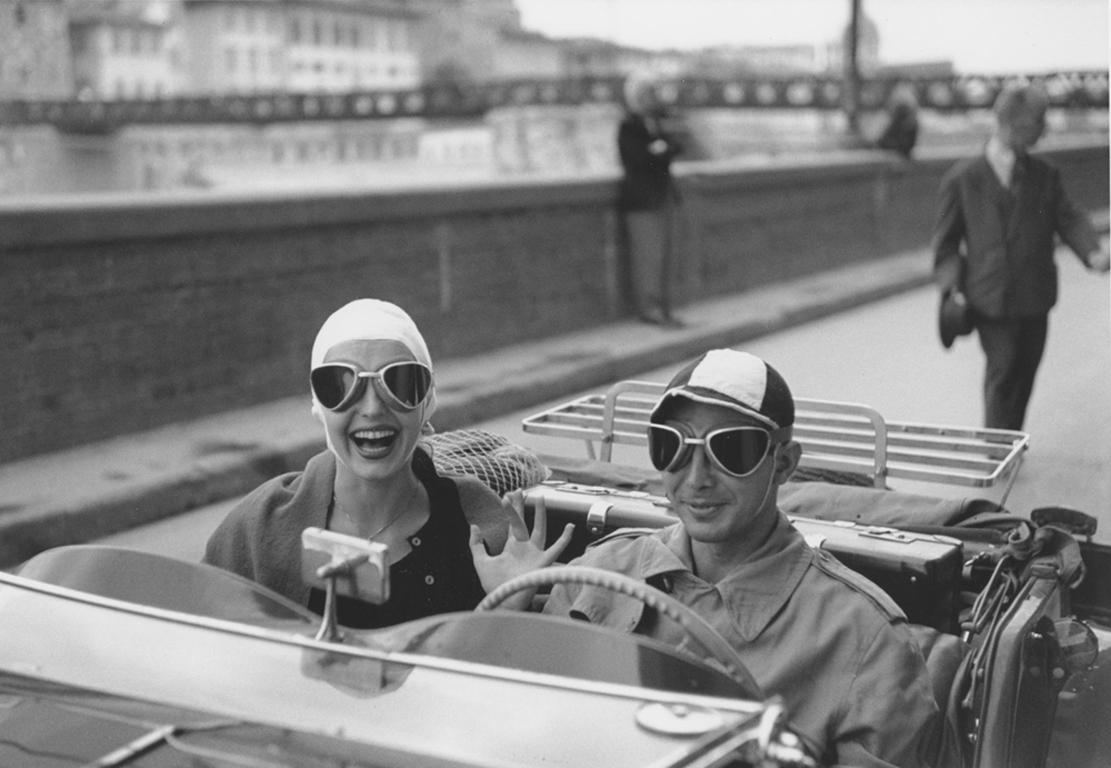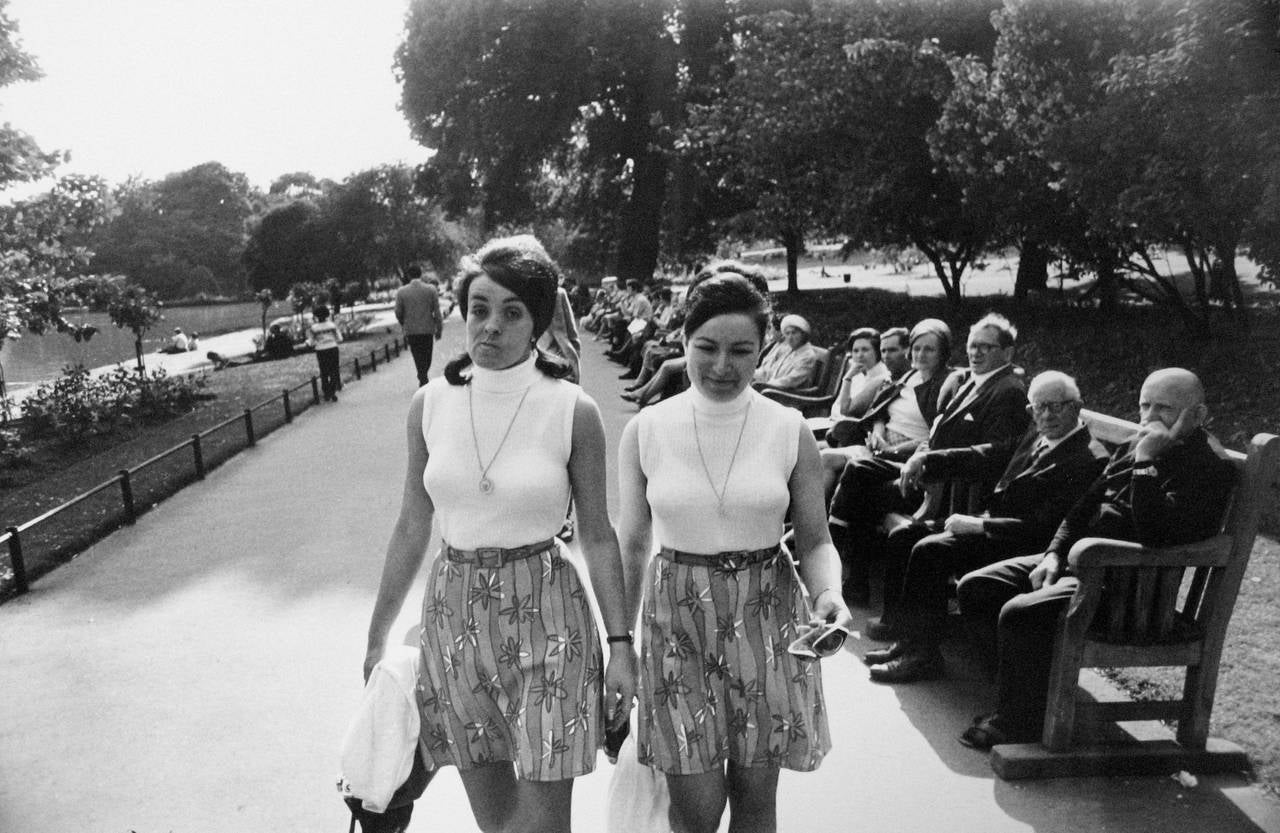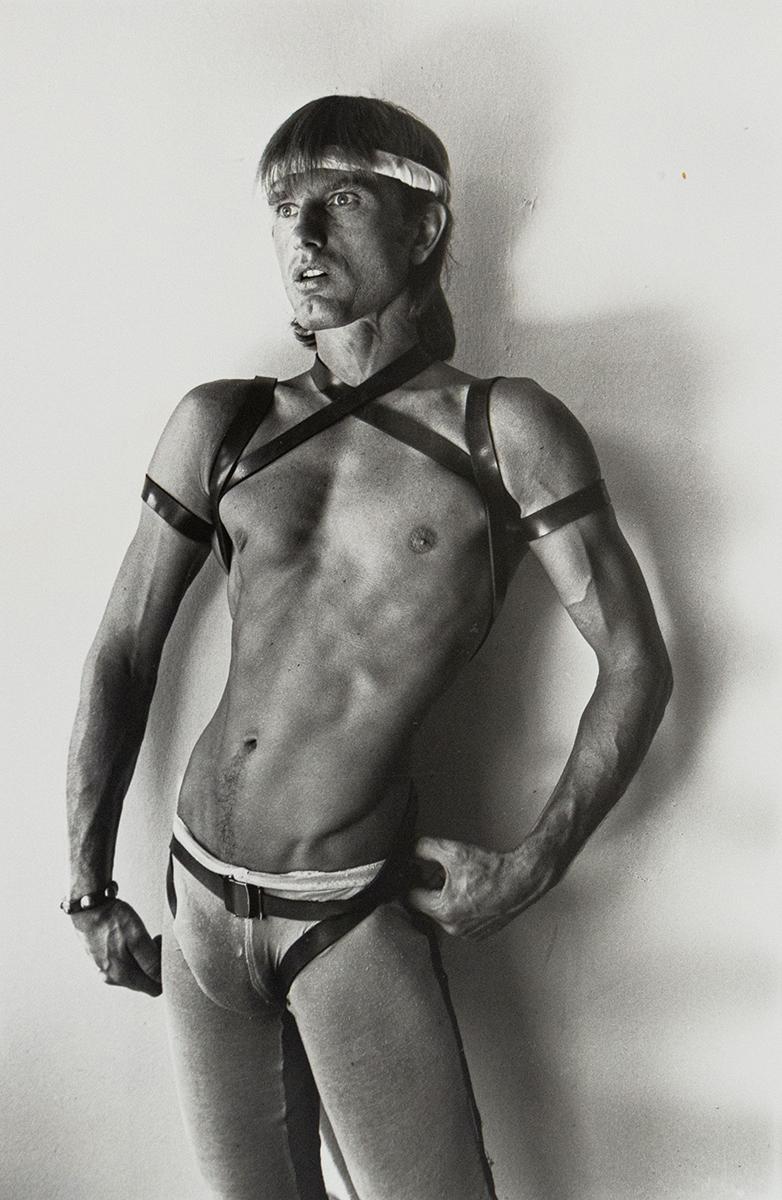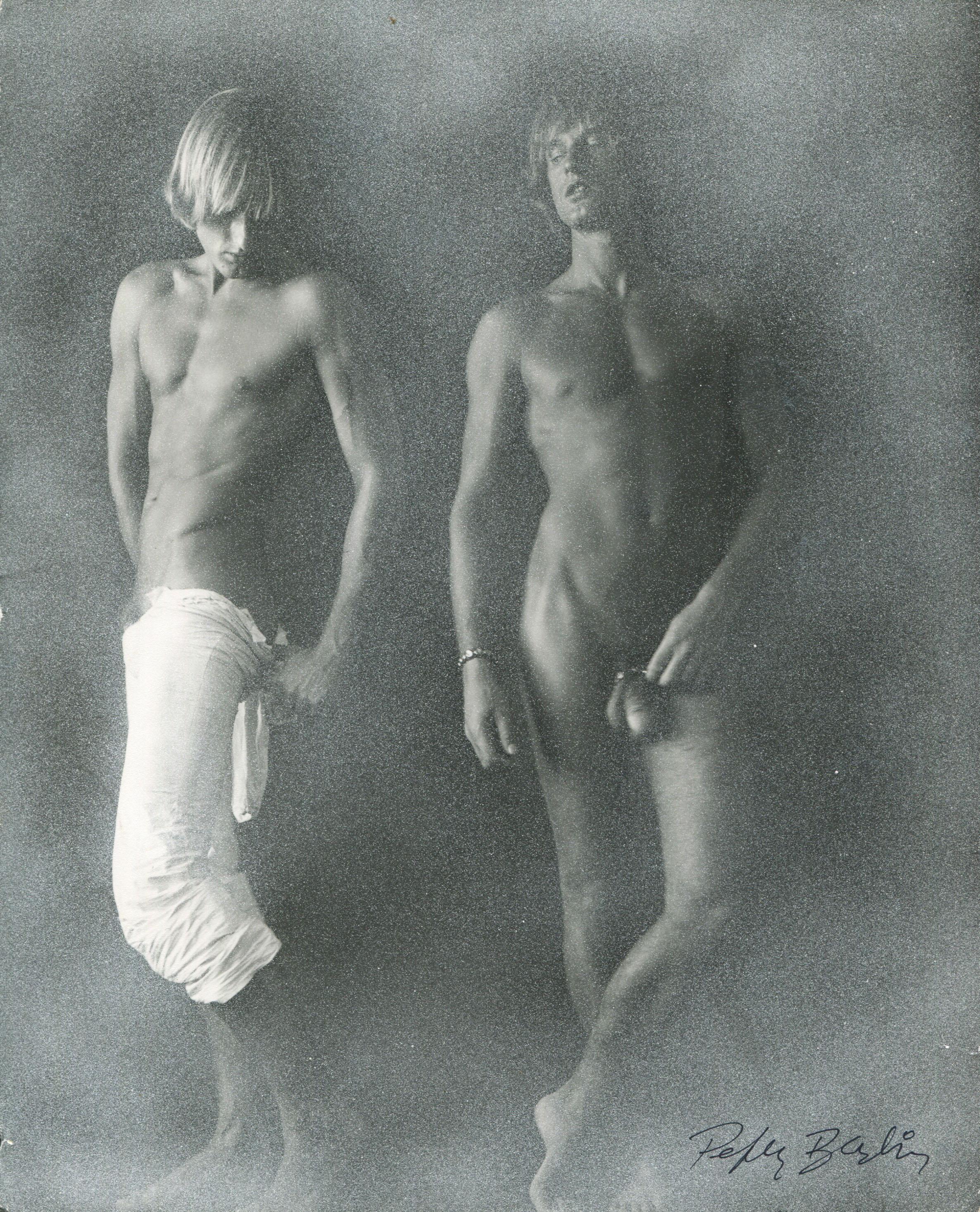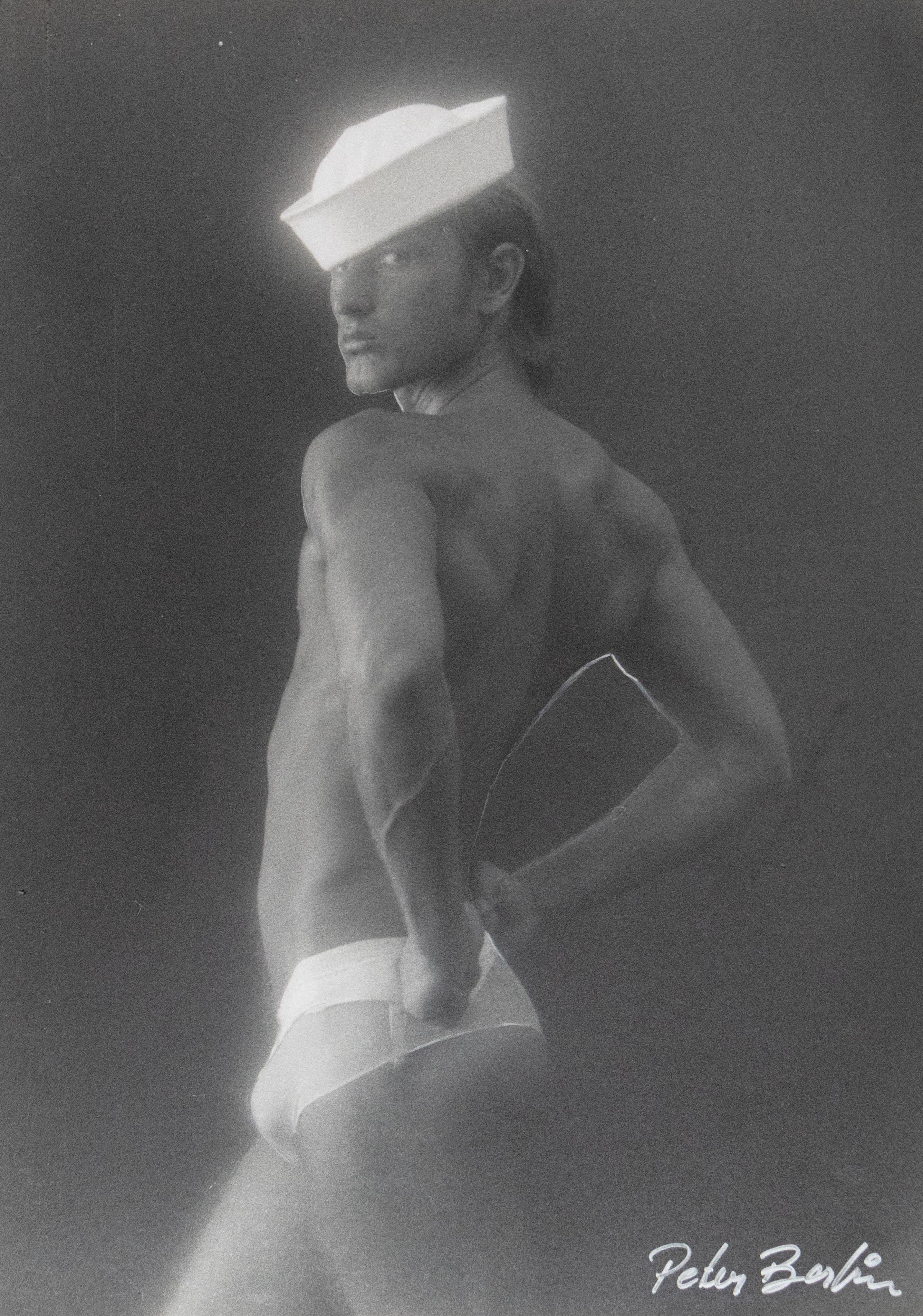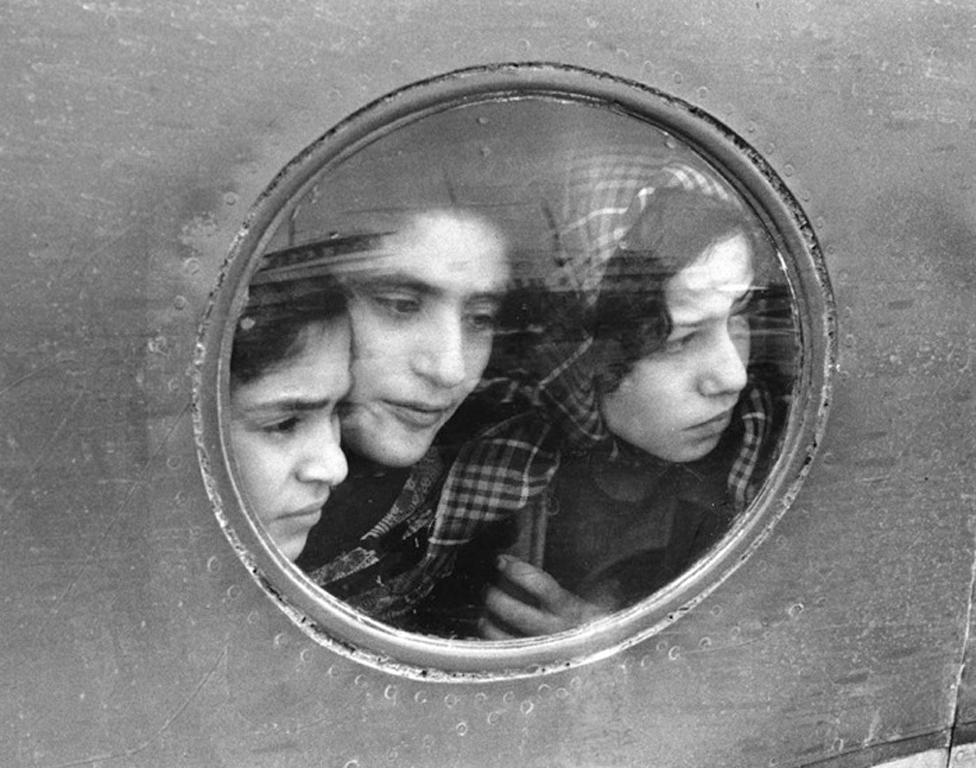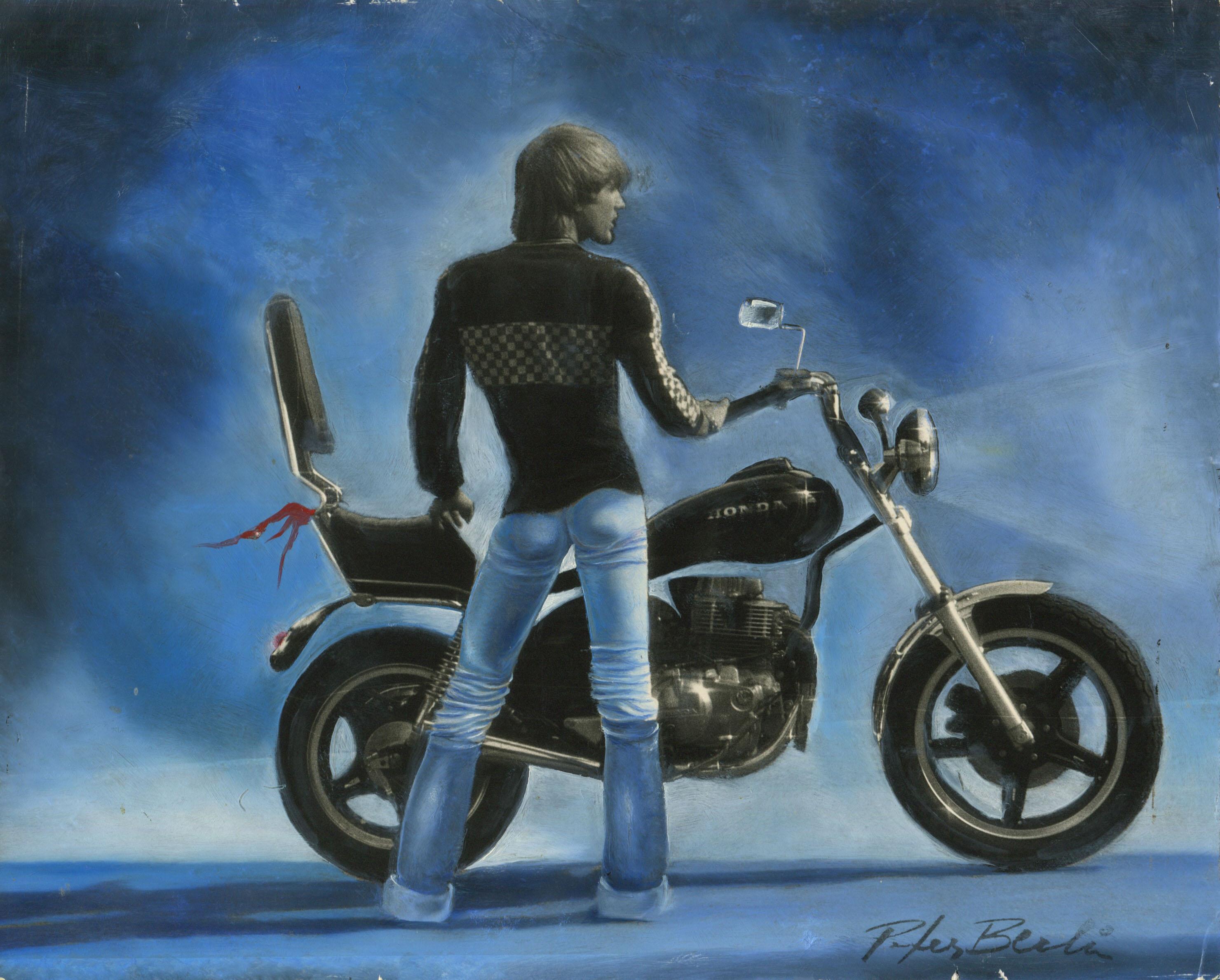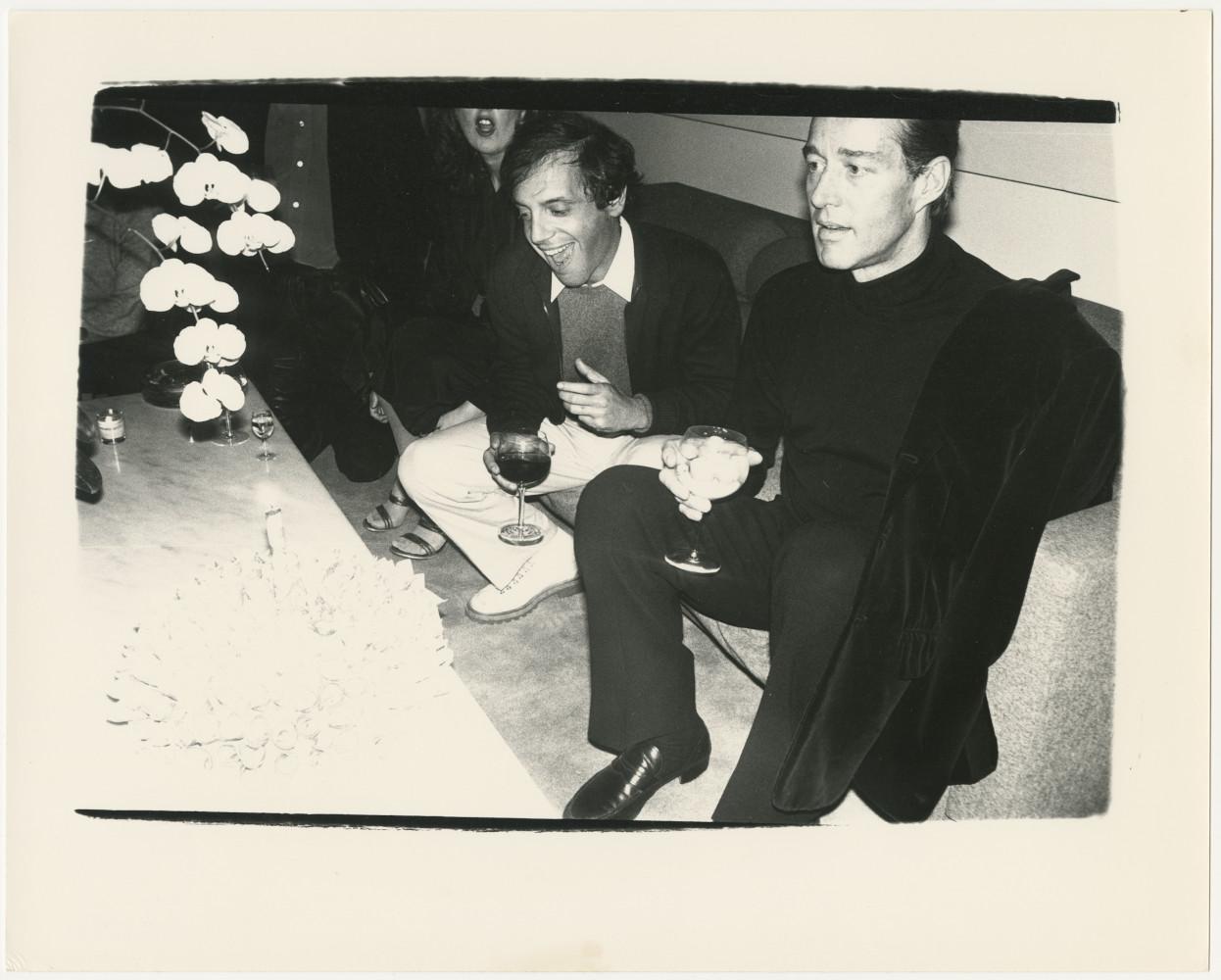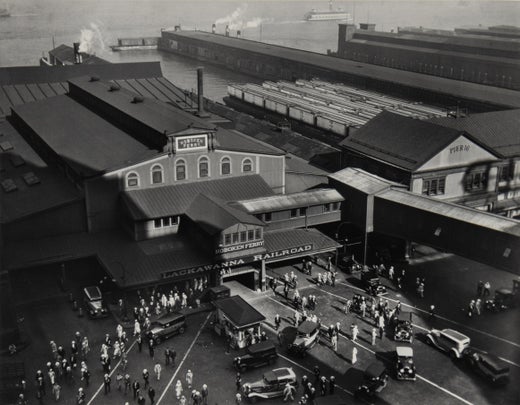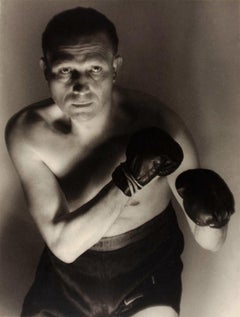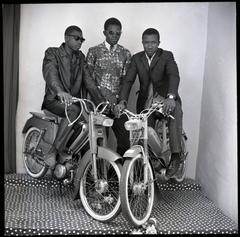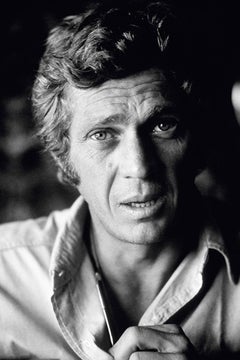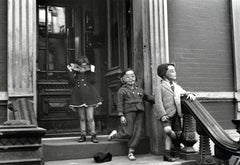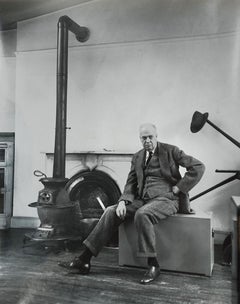
Edward Hopper, New York, 1948
View Similar Items
Berenice Abbott, 1898-1991Edward Hopper, New York, 19481948
1948
About the Item
- Creator:Berenice Abbott, 1898-1991 (1898-1991, American)
- Creation Year:1948
- Dimensions:Height: 14 in (35.56 cm)Width: 11 in (27.94 cm)
- Medium:
- Period:
- Condition:
- Gallery Location:New York, NY
- Reference Number:1stDibs: LU118526014782
Berenice Abbott, 1898-1991
While photographer Berenice Abbott has wrongly never been heralded as one of the defining giants of 20th-century photography, she is widely known, indeed celebrated, for her iconic portraits of some of the most glamorous denizens of 1920s bohemian Paris.
And although less familiar, Abbott’s photos of the deserted streets, aging tenements and rising office towers of Depression-era New York have been critically recognized as nothing short of groundbreaking. Additionally, her relatively obscure work as a science photographer has received an admiring reappraisal in recent years. Recognized for having dramatically advanced the medium’s aesthetics and techniques (earning four patents along the way), not to mention the ambition of her subject matter — the principle laws of physics — she has been favorably compared to two early masters of modernist experimentation: her mentor Man Ray and László Moholy Nagy.
In 1918, at just 19, freckled, androgynous and with cropped hair, Abbott fell in with a crowd that included the lesbian writer and illustrator Djuna Barnes and the Dadaists Man Ray and Marcel Duchamp. They encouraged her to follow them to Paris and study with the renowned sculptor Antoine Bourdelle. Unable to pay for her training, and barely surviving, Abbott took a job as Man Ray’s assistant. The miracles of the darkroom quickly converted her to photography, as did her paycheck, and Man Ray tutored her in its fundamentals.
By 1926, Abbott had set up her own studio with backing from Peggy Guggenheim, the American heiress and art patron. André Gide, Jean Cocteau, Janet Flanner and James Joyce were among the luminaries and socialites who came for sittings. Her subversive lens made for riveting portraits.
A number of Abbott’s images of New York appear to have been shot by drone or, in the technological equivalent for the day, a dirigible. They actually entailed her stationing herself precariously on the rooftops and ledges of the skyscrapers along Wall Street and Midtown.
That feat recalls the famous photograph of Abbott’s contemporary and fellow Ohioan Margaret Bourke-White taking a shot of the New York skyline astride one of the metallic eagle heads atop the Chrysler building. One can only wonder if a photograph of Abbott in a similarly heroic pose would have helped her recognition as the trailblazing documentarian she was.
Find Berenice Abbott photography on 1stDibs.
You May Also Like
1930s Other Art Style Black and White Photography
Silver Gelatin
1970s Black and White Photography
Silver Gelatin
1960s Black and White Photography
Silver Gelatin, Paper, Archival Paper
1940s Black and White Photography
Silver Gelatin
20th Century Modern Black and White Photography
Silver Gelatin
20th Century Modern Black and White Photography
Silver Gelatin
